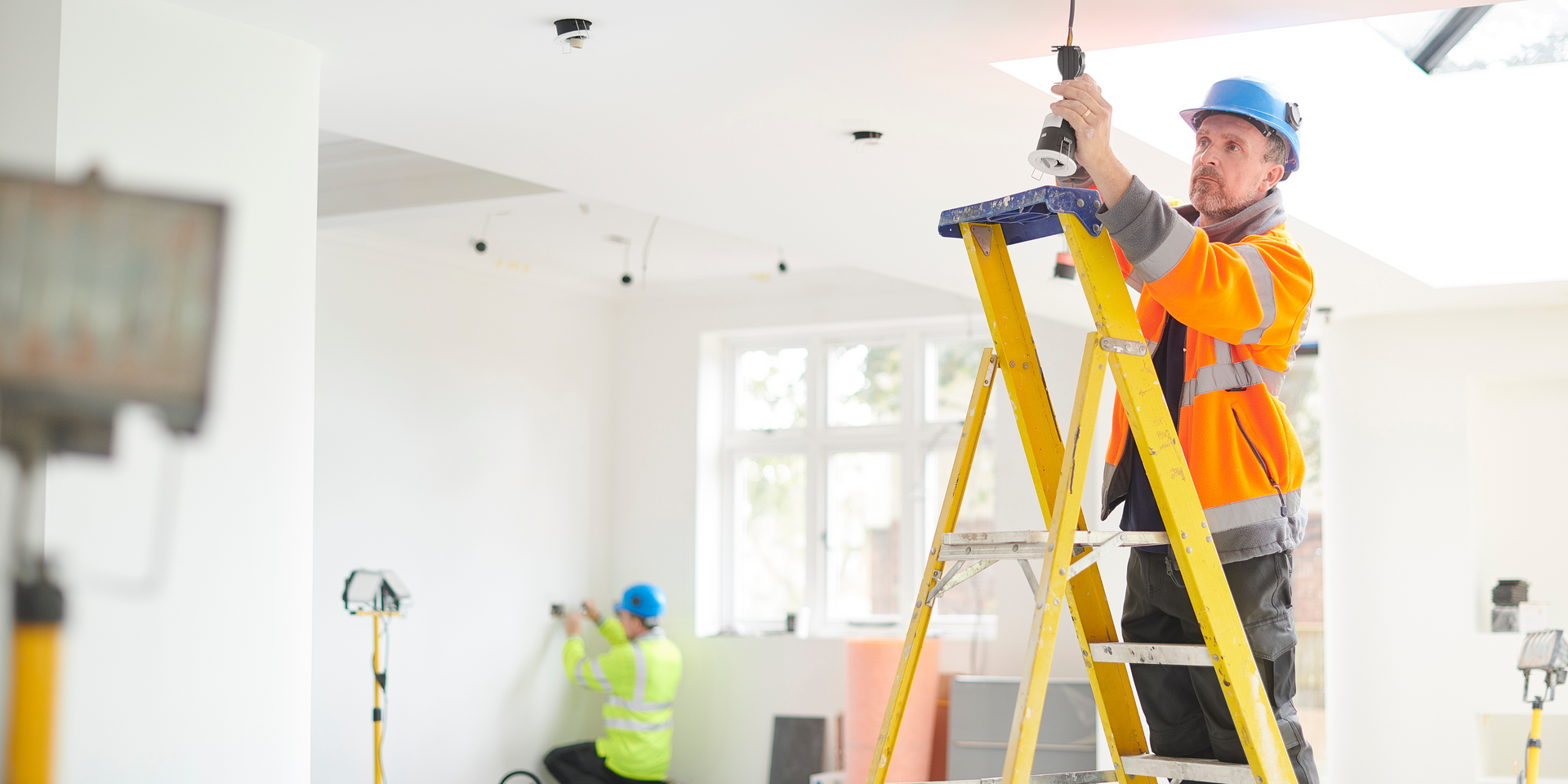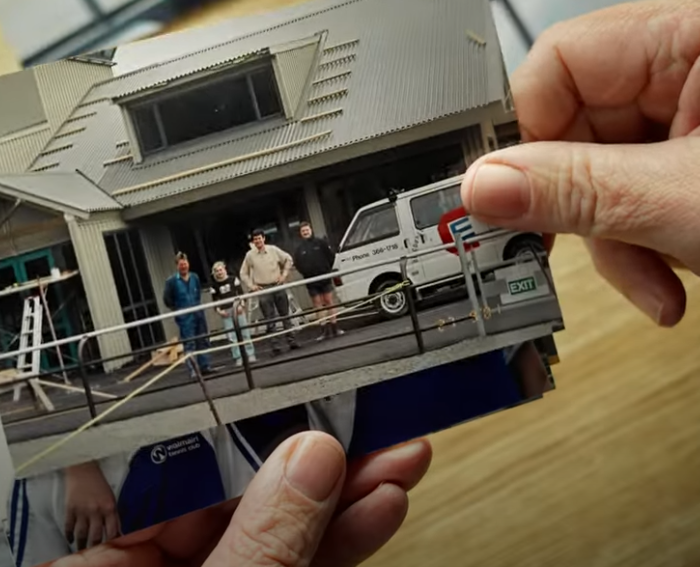All You Need to Know About Rewiring | Christchurch Electrical
Christchurch Electrical Discuss The Key Points Of Home Rewiring
Rewiring your home is a significant undertaking that can enhance safety, efficiency, and functionality. In this blog, we delve into the essential aspects of home rewiring, providing insights to help you navigate this process with confidence.
But how do you know if your home actually needs rewiring? Look out for signs such as frequent blown fuses, flickering lights, discolored or hot outlets, and a burning smell. If your home is over 40 years old, relies heavily on extension cords, or has outdated outlets, it might be time for an upgrade. Consulting a qualified electrician can help you determine the best course of action.

Does My Home Need Rewiring?
Determining if your house needs rewiring involves looking out for several key signs:
- Frequent Blown Fuses or Tripped Circuit Breakers: This indicates that your electrical system is overloaded.
- Flickering or Dimming Lights: This can be a sign of faulty wiring or an overloaded circuit.
- Discolored or Hot Outlets and Switches: Overheating outlets or switches can indicate dangerous wiring issues.
- Burning Smell: A persistent burning smell, especially near outlets or switches, is a serious warning sign.
- Old Wiring: If your home is over 40 years old, it may have outdated wiring that doesn’t meet current safety standards.
- Two-Prong Outlets: Homes with two-prong outlets instead of three-prong ones may need an upgrade to handle modern electrical loads.
- Heavy Reliance on Extension Cords: If you frequently use extension cords, it may indicate a lack of sufficient outlets.
If you notice any of these signs, it’s a good idea to consult a qualified electrician to assess your home’s wiring and determine if rewiring is necessary.
If you're living in an old house it's likely that you'll have to rewire at some point. Older wiring uses conduit wiring encased in metal conduit or TRS (Tough Rubber Sheath) cables that can wear away and disintegrate and this can present a significant safety risk. In these circumstances, house insurance companies will often require rewiring for full coverage.
What Are The Steps To Rewiring A House?
Create an Electrical Inventory
The first step of rewiring your home is to look at all of the electrical devices in your home and think about how you'll be using them in the future and where. This will help your electrician to install a system that will best meet your needs such as where lights and power points are located and how many.
Identify Existing Infrastructure
Identifying any existing infrastructure can help your electrician complete the rewiring job as smoothly as possible. To do this, simply identify and mark any existing electrical and plumbing infrastructure in your home.
If you don't have the blueprints, you can hire a contractor to mark pipes and existing wiring. Alternatively, call your electrician and work out a plan to ensure the job goes smoothly.
Rewiring for Kitchen & Bathroom Renovations
Re-designing your kitchen or bathroom with modern appliances is exciting and can add value to your investment, whether it be your home or a rental investment. Here are some points to consider regarding the process:
Call A Qualified Electrician
After considering these points, get in touch with a qualified and trusted local electrician
and get them to come out and evaluate your house. They will be able to confirm that rewiring is necessary and help you put your plan into action.
Think about researching the right electrician. It's an important job, so it shouldn't just be about getting the lowest price. Find an experienced electrical work contractor that knows what they're doing and comes highly recommended such as Christchurch Electrical.
If you're located in Christchurch, Christchurch Electrical
is the team for the job, with 70 years in the electrical servicing industry, our team can help you every step of the way to ensure safe and compliant rewiring for your home. Give us a call today to arrange a consultation - (03) 366 1718.
Share article:



















